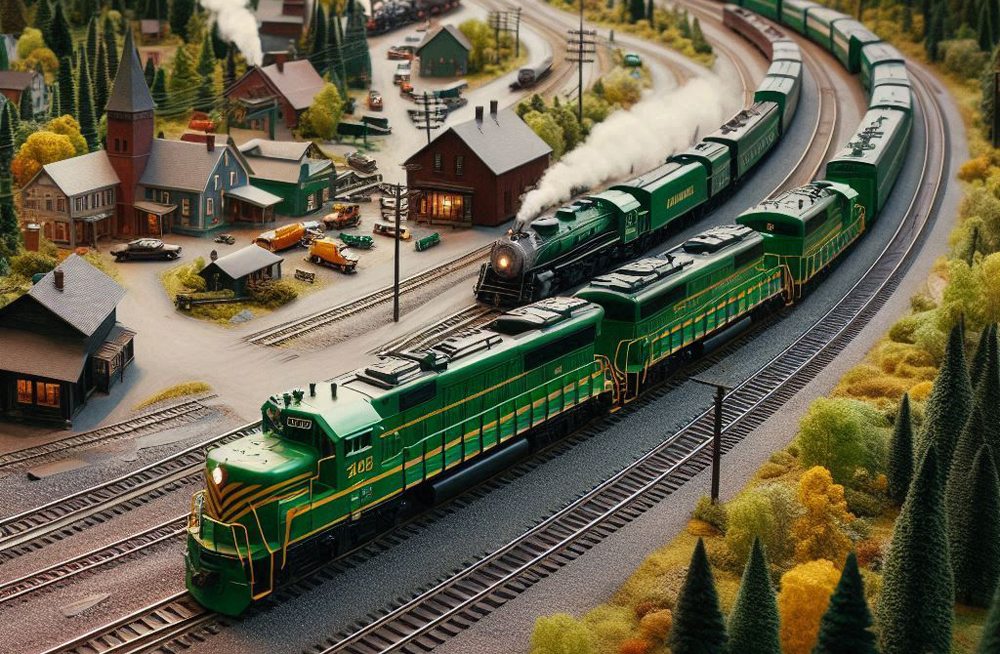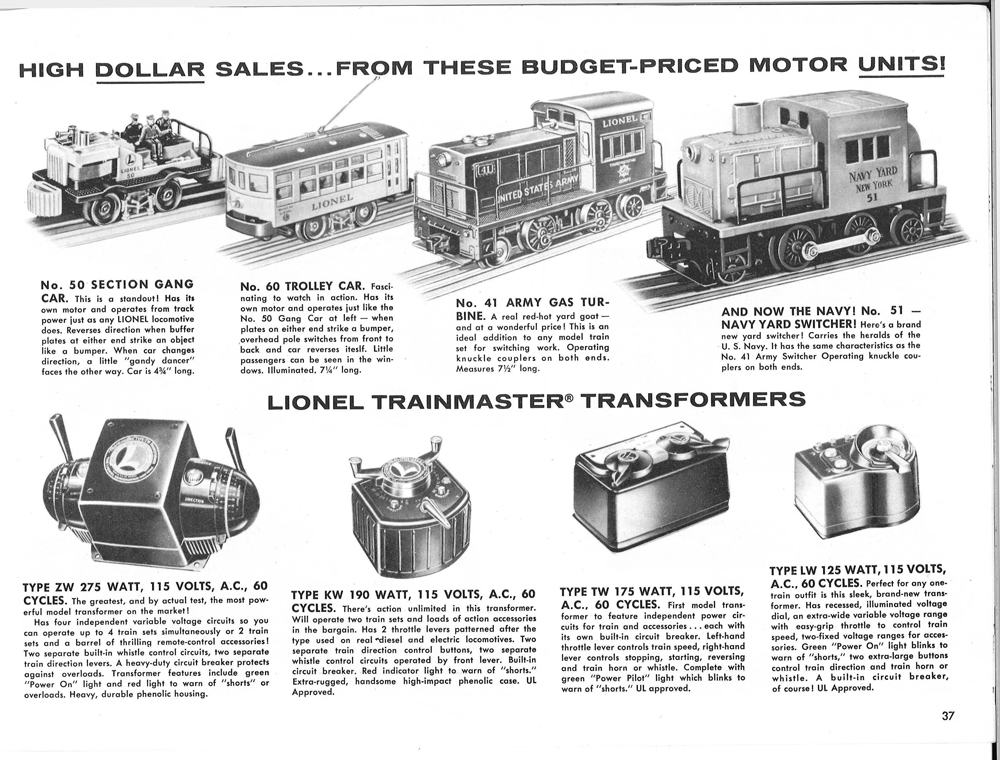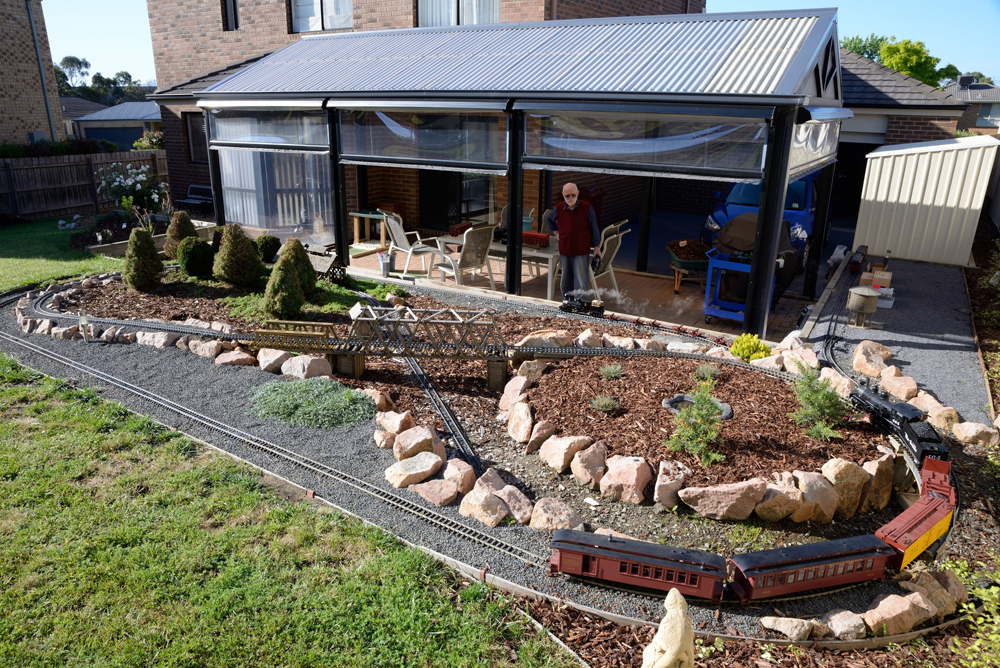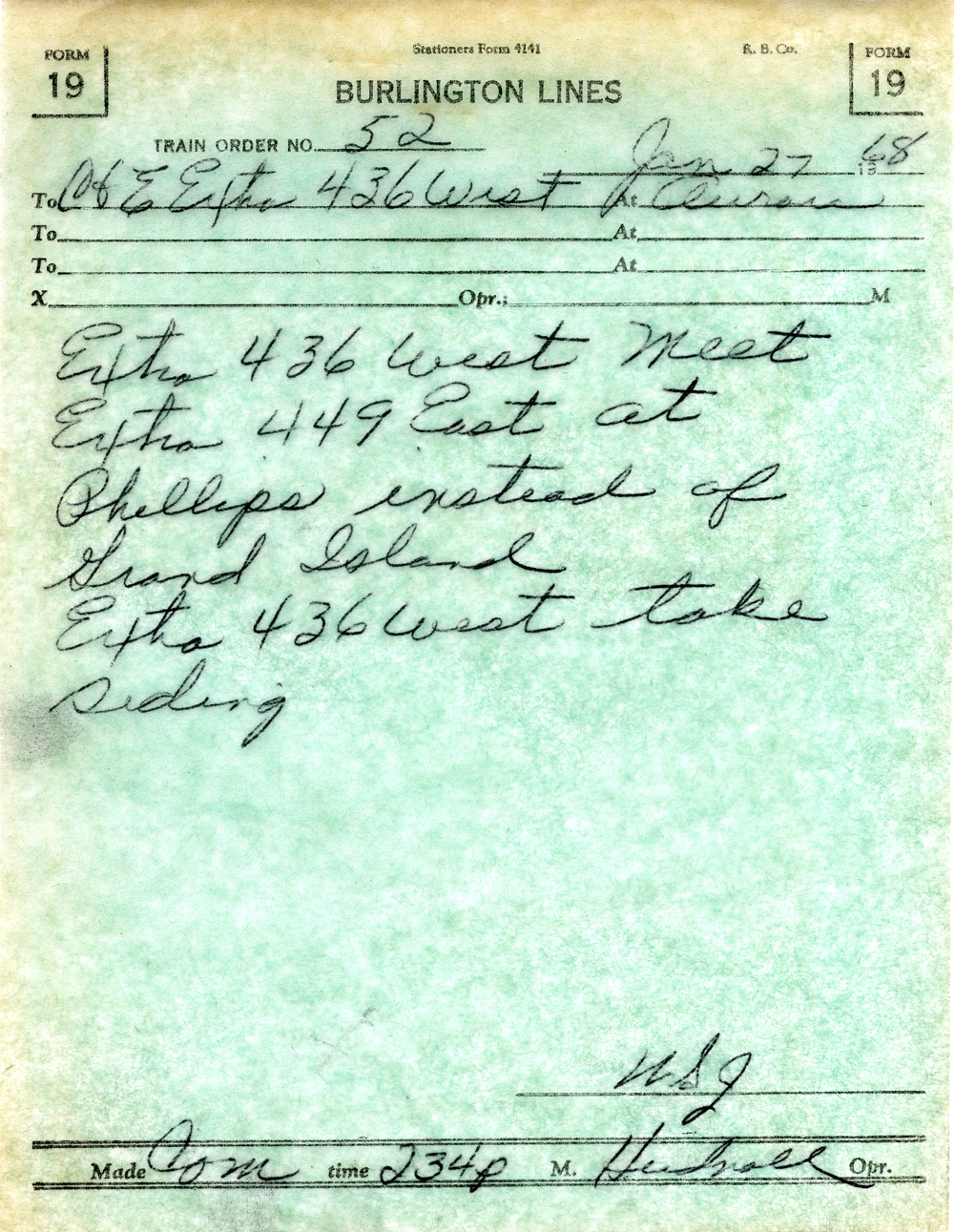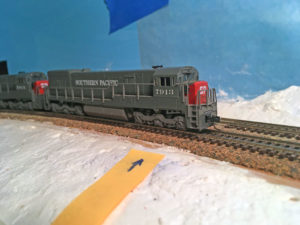
Roen Kelly photo
My friend Steve Miazga and I have been modeling in N scale for 100 years combined – and what a scary thought that is! We both have medium-sized layouts and run lots of trains, so often we find ourselves in the same quandaries.
Lately we’ve been dealing with a problem that has crept up over the last couple years. Why do the drivers on some of our older diesel locomotives get so dirty, so fast? Here’s an example from my own layout: one consist of three Kato engines, two C30-7s and an SD40-2. They were released in the 1990s when Kato started building locomotives under its own brand name. The Dash 7s could make only 11⁄2 trips around the layout (about 7 scale miles) before the wheels would gunk up. No amount of track and wheel cleaning would resolve this problem.
From 1983 to 1992 Kato was making N scale locomotives for Atlas, and Steve and I experienced these same dirty wheel problems with those models. The wheels on all these locomotives were turned brass plated with nickel silver, and our theory is that the plating has worn through. (Wheels made today are the same, but the plating is much improved.) Why a brass surface running on a nickel silver rail leads to dirt accumulation I have no idea, but it sure as heck does. Sounds like a question for a metallurgist.
In my own case I know those C30-7s logged a lot of orbits on my Ntrak layout while my present layout was aborning. At that time, I would clean wheels with a Kadee wheel cleaner or one by Trix. With both, these the principle was to turn the wheels against bristles resembling those in a suede brush. I wouldn’t do that now, as it strikes me as too abrasive.
Solution found. I replaced the trucks with new ones from Kato. It took only a few minutes and the engines now run as smoothly and quietly as if they were new.
The cost was $15 per truck. For me it was well worth it to keep these great old-timers going. The trucks were listed as “revised” and were introduced when Kato made a new run of these engines in 2011.
Another goblin rears its head. I’d made a dozen trips around the layout when a new gremlin invaded. The C30-7s would derail on the section of track shown in the photo every time they came around. I carefully checked the gauge, did judicious filing, and the problem was solved – or so I thought. The next day it was back.
That afternoon my friend Steve came over, he worked the problem, and again it appeared to be solved. Next morning it was back, just as mean as ever.
This wretch had our century of experience on the ropes. My impulse was either to hurl the locomotives, yank out the track, or set the layout on fire, maybe all simultaneously. Instead I let my saner side prevail and did nothing for a couple of days, then went back and gave the area a good looking over.
Three inches to the left of the spot where the derailments occurred there’s a joint between two connecting sections of plywood subroadbed. There was a slight mismatch between these surfaces, about 1/16″, which in N scale is not so “slight” at all. I had used Sculptamold to compensate for the mismatch, but I should have shimmed up the lower roadbed instead. The result was a slight hump in the track. Experience had taught me that these engines don’t like humps and they don’t like situations where one rail quickly gets higher than the other.
To fix it I pulled the track loose from the turnout to the right. Then I gently raised the track until I had enough clearance above the hump to work on it. (It was mostly already loose.)
I used a rasp to work down the hump in the cork roadbed, then finished it with a sanding stick. Once I reconnected the track the problem was gone, and has remained so.
This problem might come back to haunt me. I’d taken the hump out of the cork roadbed, but that was a symptom of the real problem, the bad job of building the subroadbed. Seems like it always goes back to the basics. We all know how critically important it is to do the best job you can when it comes to track laying. And the reward, derailment-free running, is worth the effort.






